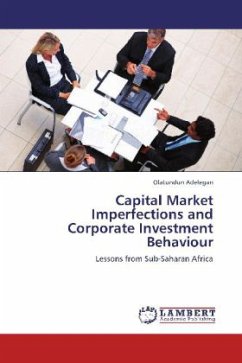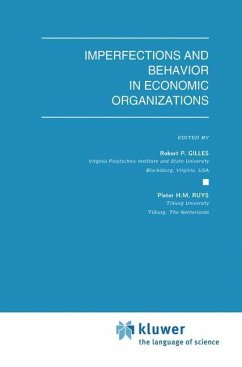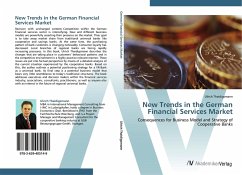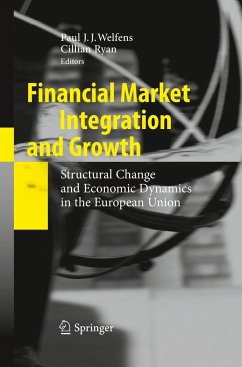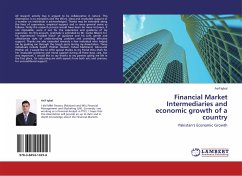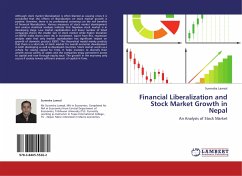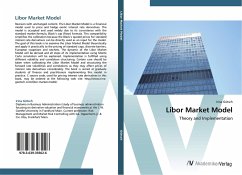
Saving, Growth and Financial Market Imperfections
in Transitional China - Simulation Analysis and Empirical Investigation
Versandkostenfrei!
Versandfertig in 1-2 Wochen
32,99 €
inkl. MwSt.

PAYBACK Punkte
16 °P sammeln!
Revision with unchanged content. In the last several decades, China has been experiencing dramatic economic development and institutional transition. One notable feature in this period is its very high saving rate. Although it is controversial whether high saving rate is beneficial to the economy or not, a fact widely accepted is that the high saving rate has been playing an important role in shaping China s economy. But why do Chinese save so much? In this book, we try to analyze China s saving using the overlapping life cycle model, where the basic model is revised to better match China s re...
Revision with unchanged content. In the last several decades, China has been experiencing dramatic economic development and institutional transition. One notable feature in this period is its very high saving rate. Although it is controversial whether high saving rate is beneficial to the economy or not, a fact widely accepted is that the high saving rate has been playing an important role in shaping China s economy. But why do Chinese save so much? In this book, we try to analyze China s saving using the overlapping life cycle model, where the basic model is revised to better match China s reality. Two dominant facts are emphasized in our analysis, i.e., transitory high income growth and abnormal demography changes due to abnormal high birth rate. Besides, China, as a transitional economy, is also characterized by financial market imperfections such as liquidity constraints. This book should help answer the questions:- To what extent are Chinese consumers liquidity-constrained?-What are the reasons and welfare impacts of liquidity constraints? The book is addressed to industrial analysts from finance and investment. It is also directed towards researchers in economics and policy makers from governments.



